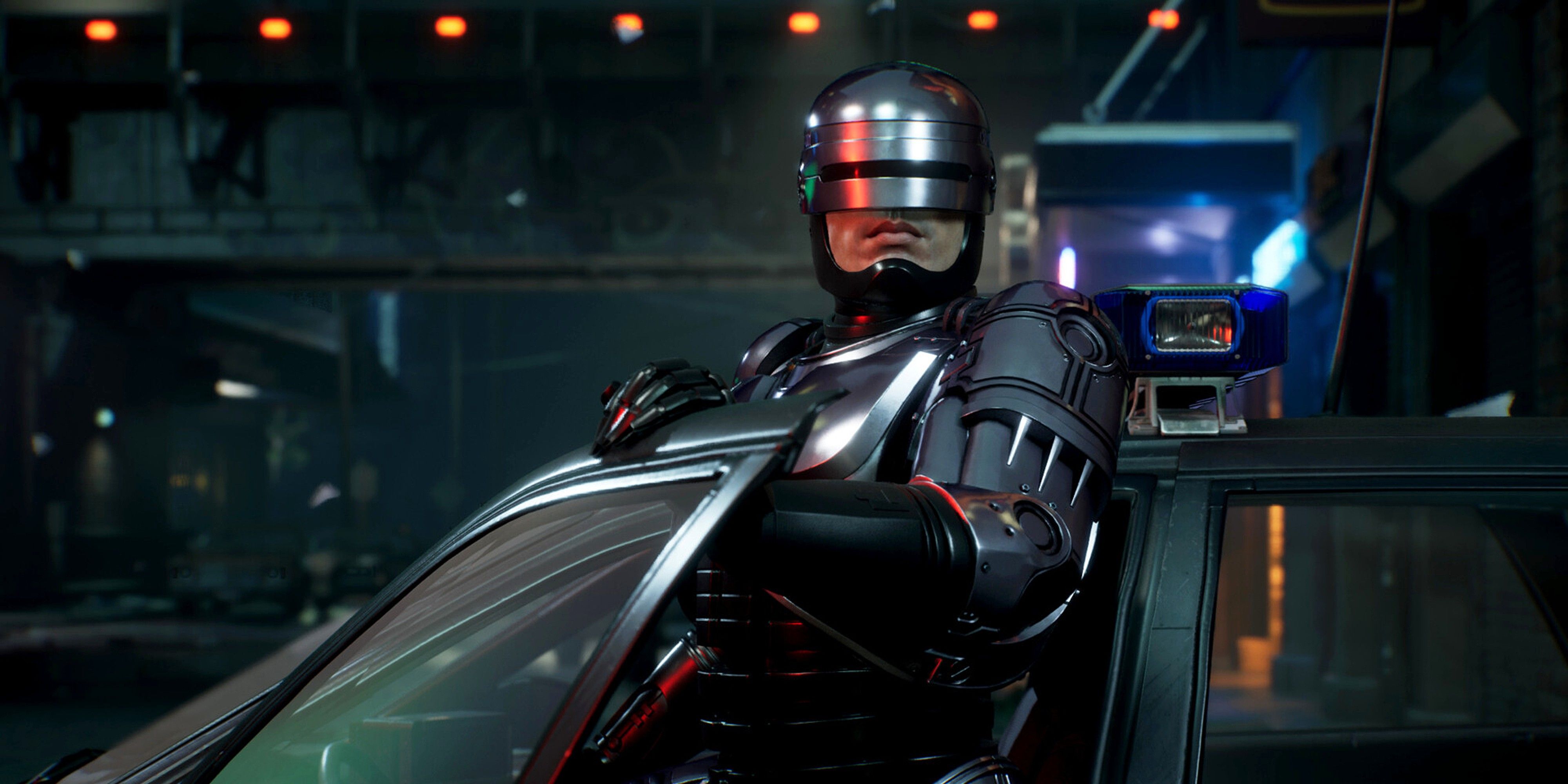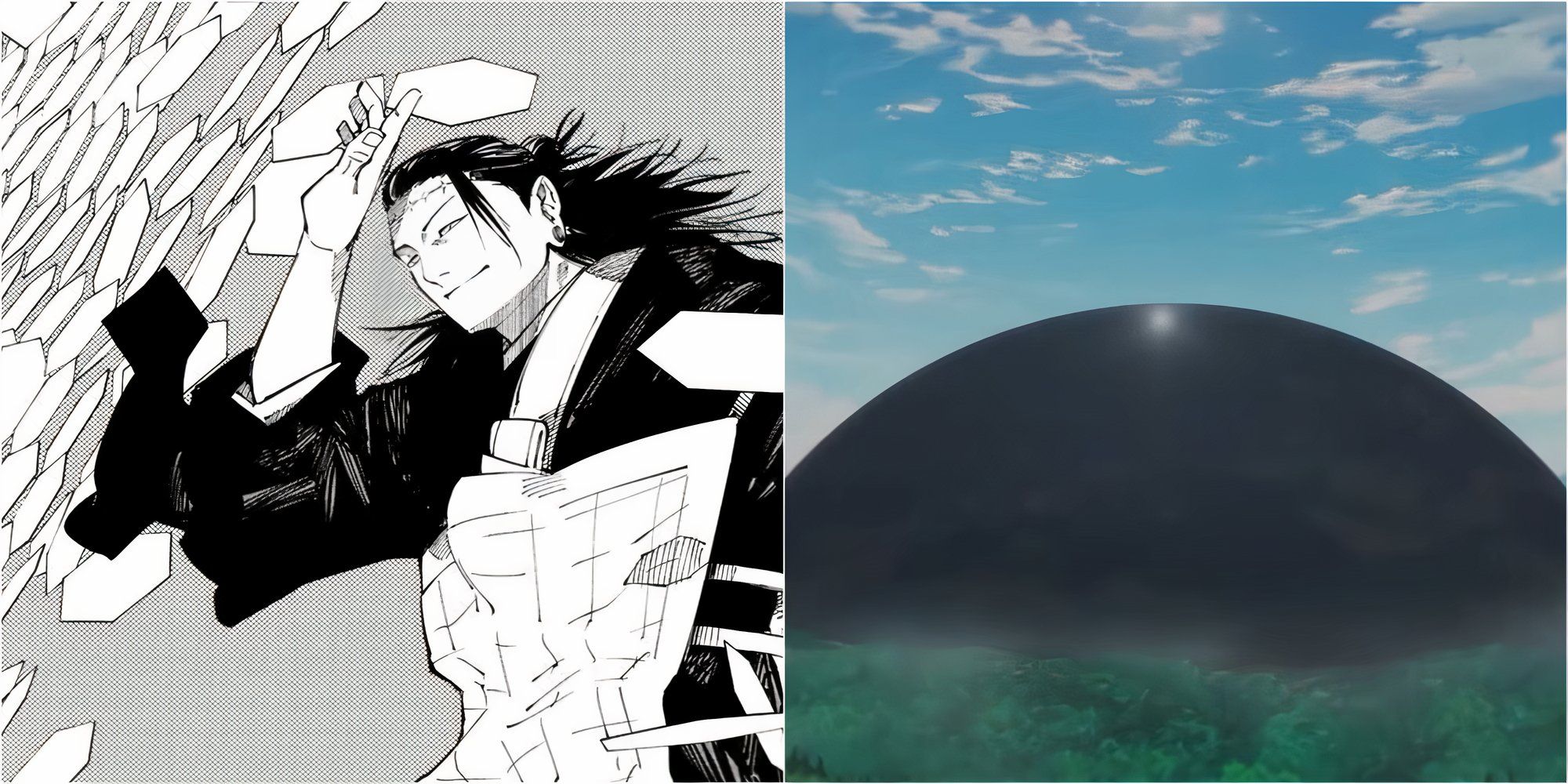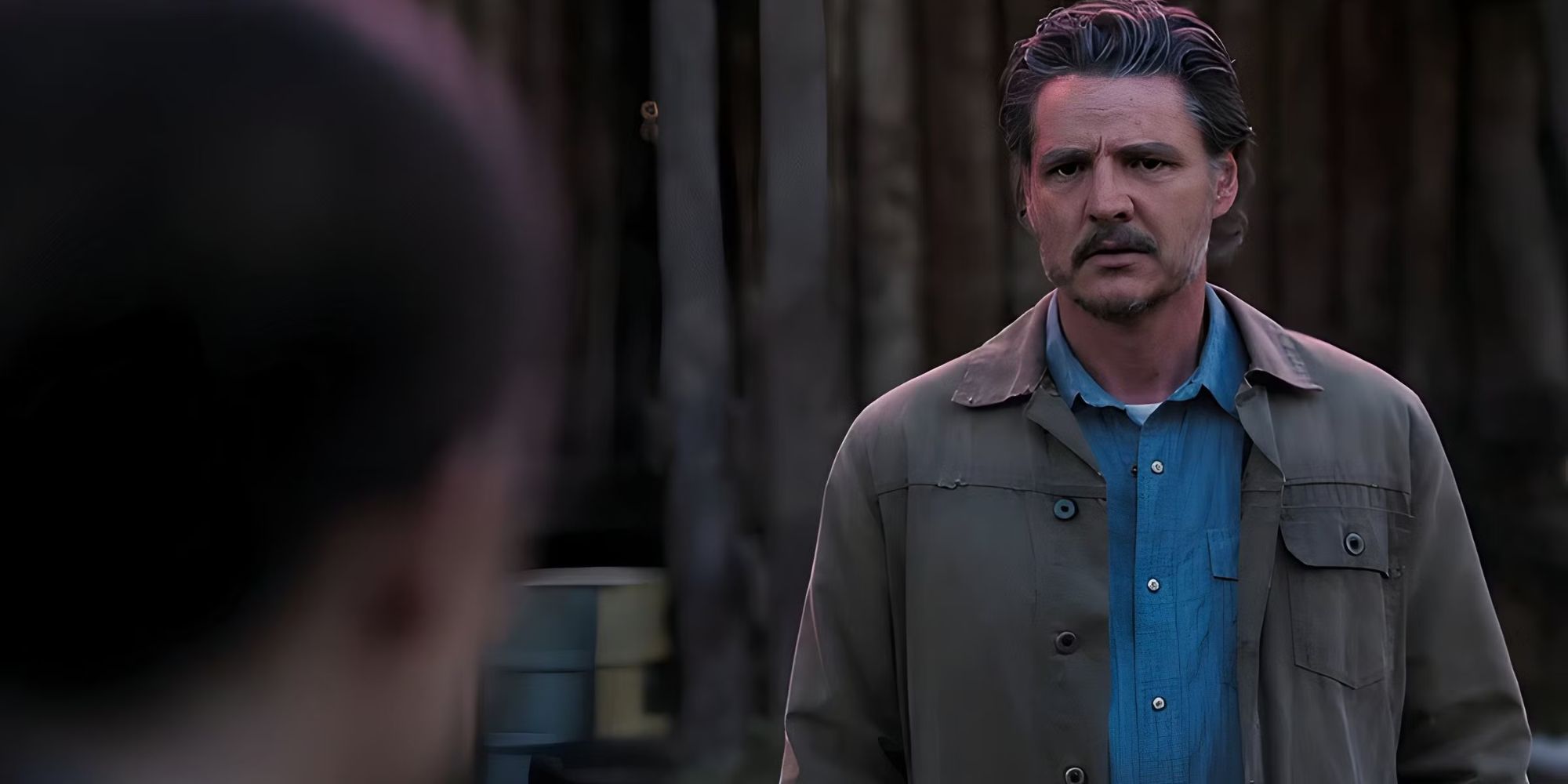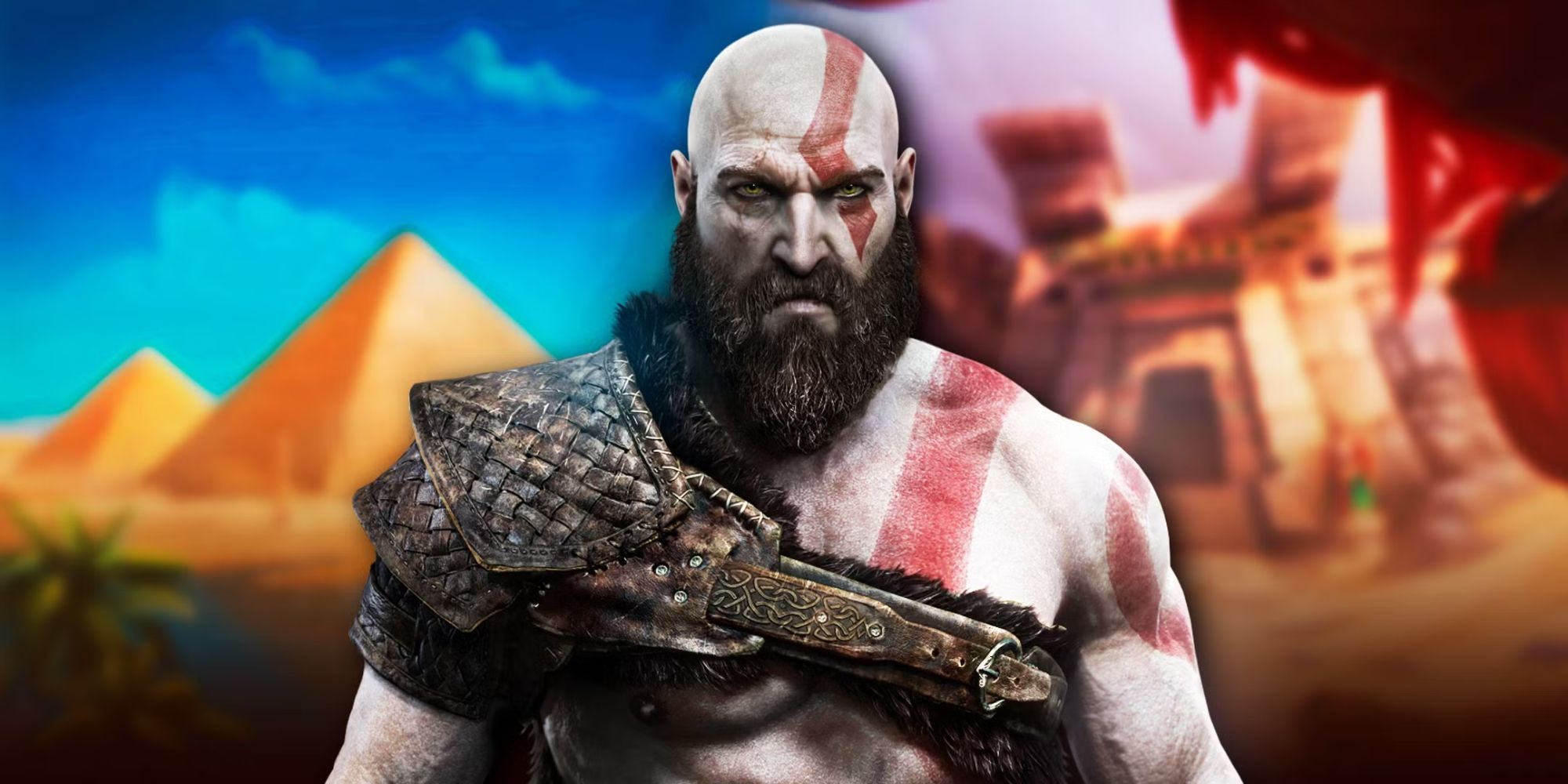7 Failed Video Game Mascots Who Almost Made It Big But Crashed And Burned Instead
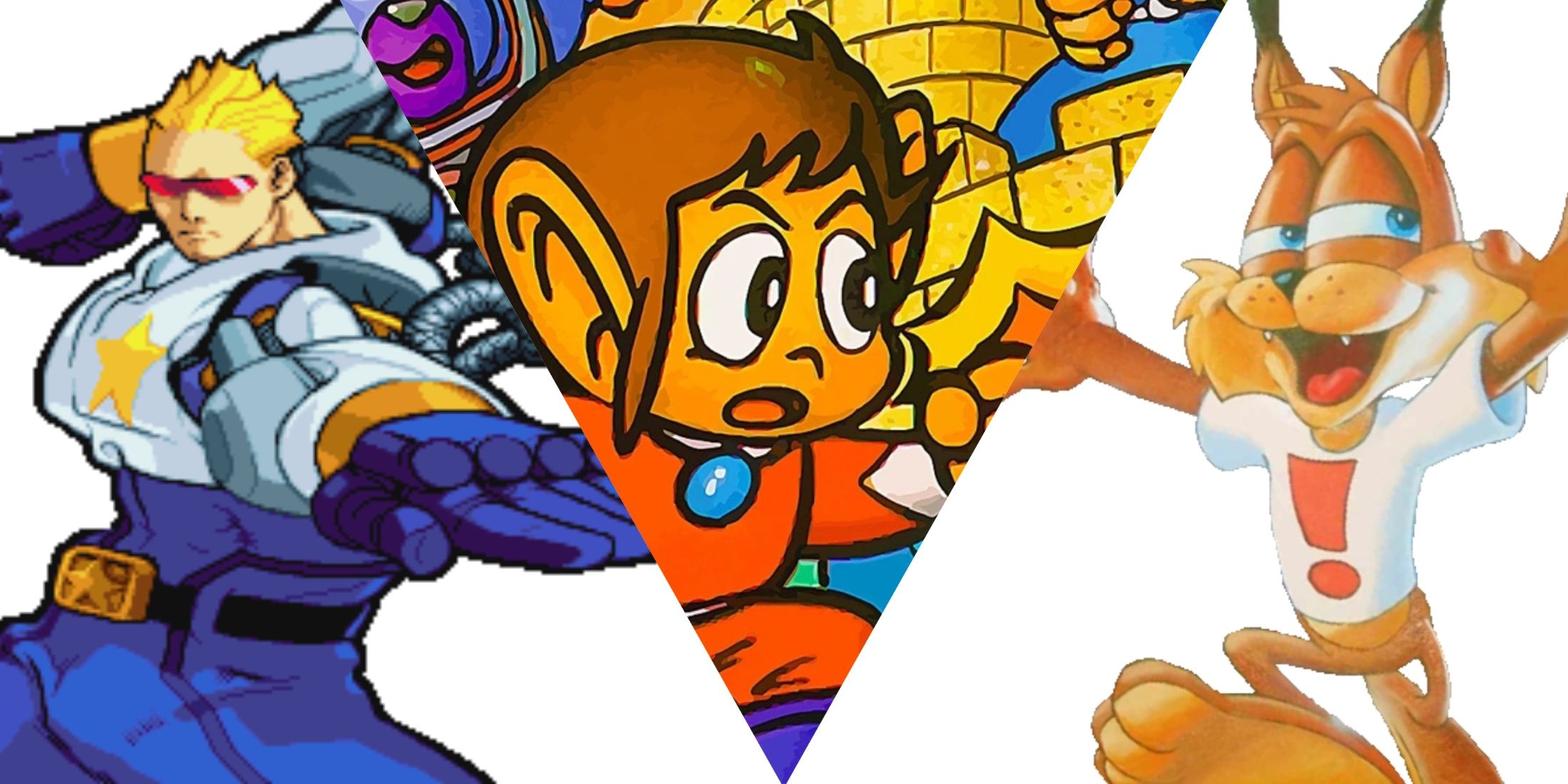
Over the course of video game history, numerous attempts at establishing video game characters as mascots have faltered. Some were conceived to symbolize a development team, while others represented a specific game that could have blossomed into a successful franchise. There are several explanations for why they didn’t quite make it big; poor timing and a subpar gaming experience are just a couple of examples.
